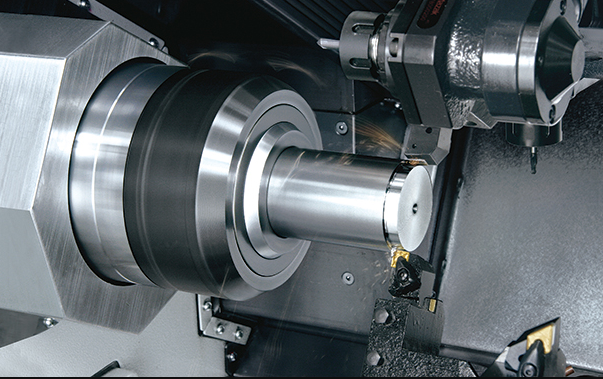Ang email dili mahimong walay sulod
Ang password dili mahimong walay sulod
Sayop sa format sa email
Ang email dili mahimong walay sulod
Anaa na ang email
6-20 ka karakter (mga letra ug numero lamang)
Ang password dili managsama
Sayop sa format sa email
Ang email dili mahimong walay sulod
Wala ang email
6-20 ka karakter (mga letra ug numero lamang)
Ang password dili managsama

Balita
Heat Treatment of Cast Iron
Due to the uneven wall thickness of the casting, in the process of heating, cooling and phase transformation, effect stress and structural stress will be generated. In addition, large parts are prone to residual stress after machining, and all these internal stresses must be eliminated. The usual heating temperature for stress relief annealing is 500-550°C and the holding time is 2-8h, and then furnace cooling (grey iron) or air cooling (ductile iron). Using this process can eliminate 90 to 95% of the internal stress of the casting, but the cast iron structure does not change. If the temperature exceeds 550 ℃ or the holding time is too long, it will cause graphitization and reduce the strength and hardness of the casting.

High temperature graphitization annealing to eliminate white mouth in castings
When the casting is cooled, white mouths are often formed on the surface and thin sections. The white mouth structure is hard and brittle, with poor processing performance and easy to peel off. Therefore, annealing (or normalizing) must be used to eliminate white mouth tissue. The annealing process is: heating to 550-950 ℃ for 2 to 5 hours, then furnace cooling to 500-550 ℃ and then air cooling. During high temperature heat preservation, free cementite and eutectic secondary cementite and eutectic cementite also decompose, and graphitization process occurs. The mechanical properties of castings are improved due to cementite. Sometimes normalizing is also the preparation of ductile iron surface quenching on the structure, normalizing is divided into high temperature normalizing and low temperature normalizing. The high temperature normalizing temperature generally does not exceed 950 ~ 980 ℃, and the low temperature normalizing temperature is generally heated to a total folding temperature range of 820 ~ 860 ℃. After normalizing, tempering treatment is generally required to eliminate the internal stress generated during normalizing, so as to achieve high-temperature rocky desertification annealing of castings.
Quenching and Tempering of Ductile Iron
In order to improve the mechanical properties of ductile iron, the casting is generally heated to 30-50°C above Afc1 (Afc1 represents the final temperature of A formation during heating), and then quenched into oil after heat preservation to obtain a martensite structure. In order to properly reduce the residual stress after quenching, generally, tempering should be carried out after quenching. The low temperature tempering structure is tempered martensite plus residual bainite and spherical graphite. This structure has good wear resistance and is used for parts requiring high wear resistance and high strength. The medium temperature tempering temperature is 350-500 ℃. After tempering, the structure is tempered troostite and spherical graphite. It is suitable for thick parts that require good wear resistance, certain effective stability and elasticity. The high temperature tempering temperature is 500-60D ℃, and the organization after tempering is tempered Soxhlet plus spherical graphite, which has the comprehensive performance of good combination of toughness and strength, so it is widely used in production.
Isothermal Quenching of Ductile Iron
Ductile iron can obtain high strength after isothermal quenching, and has good plasticity and toughness at the same time. The selection of the heating temperature for multi-temperature quenching mainly considers making the original structure all A, leaving no F, and also avoiding the growth of A grains. The heating temperature is generally 30 to 50 °C above Afc1, and the isothermal treatment temperature is 0 to 350 °C to ensure that the lower bainite structure with comprehensive mechanical properties is obtained. Rare earth magnesium aluminum ductile iron after isothermal quenching σb=1200~1400MPa, αk=3~3.6J/cm2, HRC=47~51. However, it should be noted that a tempering process should be added after isothermal quenching.
Surface hardening
In order to improve the surface hardness, wear resistance and fatigue strength of some castings, surface quenching can be used. Both grey cast iron and ductile iron castings can be case hardened. Generally, high (medium) frequency induction heating surface quenching and electrical contact surface quenching are used.
Chemical heat treatment
For castings that require surface wear resistance or oxidation resistance and corrosion resistance, chemical heat treatment processes similar to steel can be used, such as gas soft chlorination, chlorination, boronizing, sulfurizing and other treatments.
To sum up
For more information about restoring cast iron,cast iron iron,cast iron conditioner, we are glad to answer for you.

